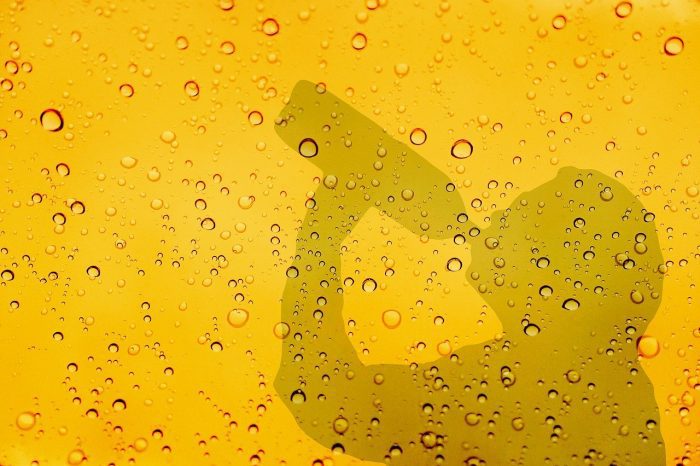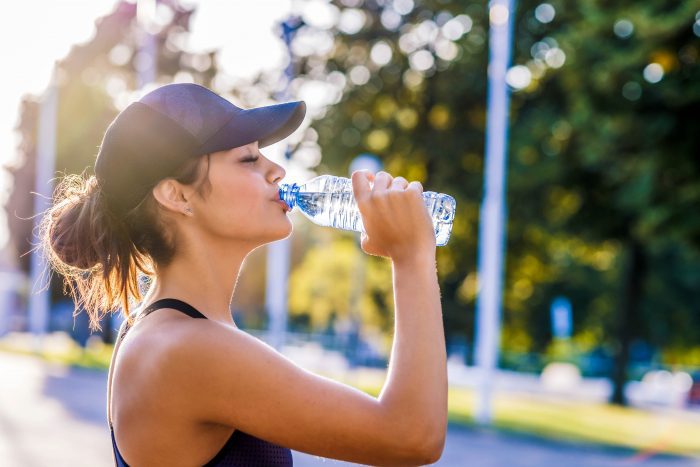By Aidan Johnson
Summer has arrived, and with it warm weather and longer days. However, as kids participate in outdoor activities, it is important for parents, coaches and camp counselors to watch for signs of heat-related illnesses, including heatstroke, sunburns and dehydration.
Dr. Joshua Bozek, emergency medicine physician at St. Catherine of Siena Hospital in Smithtown, discussed how to identify the causes of heat-related illnesses in kids in an exclusive interview June 5.
“The first thing that I usually look for is when the kids are grabbing for their water bottle a little bit more frequently,” Bozek said.
“If they suddenly start feeling kind of weak, more tired … let’s say they’re playing a sport and suddenly they want to go on the bench, that’s a sign that they’re getting a heat illness,” he said, also noting nausea and vomiting, muscle cramps and irritability. He described more serious symptoms such as fainting, severe headaches and cool, clammy skin.
It’s important to remember that some conditions, such as heatstroke, do not only occur outside or on sunny days, but can happen when it’s cloudy or in places like gyms.
If symptoms of heat illness appear to be present in a child, it is important to move to a cooler area, such as a building with air conditioning. He suggested changing to lighter clothing like shorts and a T-shirt and laying the child down with their feet slightly raised.
If the symptoms start to progress even more, Bozek recommended spreading water on their skin, which can help to cool down the blood vessels underneath, though he clarified that this shouldn’t be done to the point where the child is frigid.
Importance of hydration
“As long as they’re not actively vomiting, you want to try to get some fluids into their system,” Bozek said, adding, “If you drink some cold liquid, your esophagus, your stomach, your intestines, until it warms up will help cool you from the inside out.”
However, if symptoms continue to worsen to severe vomiting, fainting or seizure activity, the best option would be dialing 911.
Bozek also discussed preventing sunburn in children, saying, “The number one thing that you can do with kids that are going to be out, particularly when they’re at camp, is making sure that they have adequate amounts of sunblock on and reapplying frequently.”
Hydration once again plays an important role, as when sunburn progresses and the skin gets hot, which dehydrates the inflicted person much more quickly. Therefore, it is important to drink more water than normal, even if the kids are not feeling thirsty.
Sunburns can progress into severe degrees of burns, with blistering being a sign of severity.
“You don’t want to get to the point where you’re actually getting some necrosis of the skin or blisters that become deep, but the main thing is just when it’s very sunny out, if you can do activities that are in the shade or indoors, that’s better,” the emergency doctor added.
Bozek noted the difference between sunscreen and sunblock, with sunscreen used as the generalized “full body preventative measure,” and sunblock being used more “for areas that are at higher risk,” such as the ears and nose, since they’re directly pointing up to the sky.
It’s important to remember to apply sunblock to the lips, as it is possible to develop blisters, or even skin cancer, if left unprotected. Additionally, wearing a hat can keep the sun off of a person’s scalp and potentially cool them down by providing some shade to their face.
Bozek recommends using SPF 50 and above for children.
Kids are more susceptible to sun burning and dehydration due to having more sensitive skin and being able to drink less liquid than an adult, along with not necessarily being able to recognize the symptoms of heat-related conditions as well.
It is important for everyone to practice safety in the heat and sun, so the fun can continue throughout the summer.









